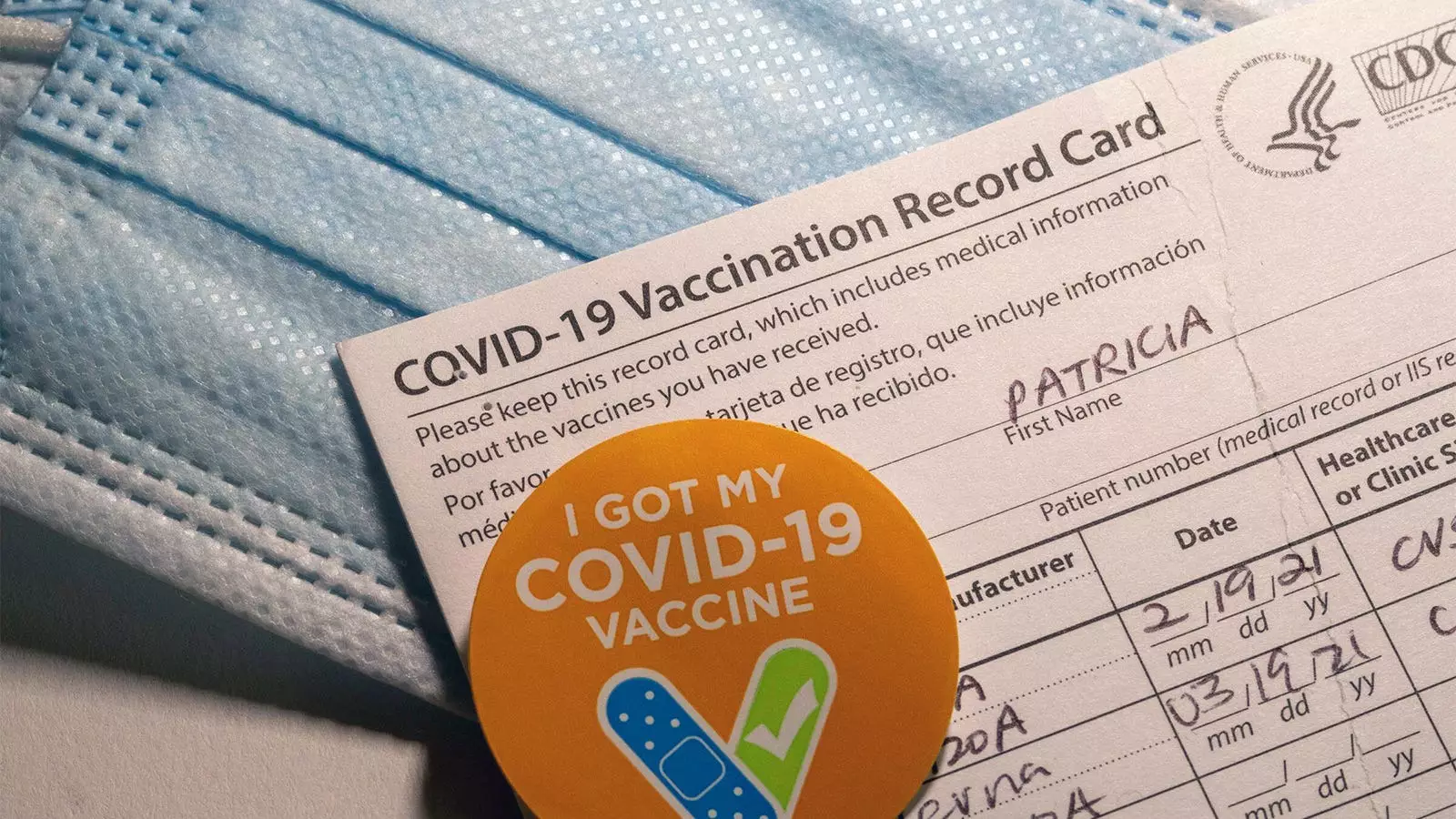The COVID-19 pandemic prompted an unprecedented surge in claims submitted to the federal Countermeasures Injury Compensation Program (CICP), as revealed by a recent report from the U.S. Government Accountability Office (GAO). This program, which was introduced in 2009 to provide compensation for injuries resulting from specific countermeasures, faced a staggering increase in claims, receiving approximately 27 times the number of cases it managed in its first decade of operation. With a total of 13,333 claims filed due to the pandemic, it became clear that existing operational frameworks were insufficient to accommodate such a massive influx.
As of June 2023, the Health Resources and Services Administration (HRSA)—the body overseeing the CICP—had adjudicated roughly 25% of these claims, amounting to 3,483 decisions. Of these, only 3% were deemed eligible for compensation due to serious injuries or fatalities attributed to covered countermeasures. This raises significant questions about the efficiencies of the CICP and its processes, which, in typical circumstances, might spread claims over a far longer timeline than one concentrated by a global health crisis.
The primary goal of the CICP is to facilitate compensation for individuals who experience serious health consequences due to vaccinations or treatments related to public health emergencies. According to the GAO’s findings, the cases eligible for compensation stemmed from a variety of countermeasures, with the majority resulting from COVID-related interventions. In total, among decisions made, compensation was awarded primarily for injuries connected to the H1N1 vaccine, alongside a smaller number relating to the new COVID countermeasures.
By providing an alternative route for claims against manufacturers and healthcare provides, the CICP serves as a safety net for individuals affected adversely by public health initiatives. This mechanism promotes the urgent development of vaccines and treatments, yet it inherently reflects the challenges of implementing such a program on an emergency scale, especially during a pandemic.
Within the approximately $6.5 million disbursed to claimants as of mid-2023, a substantial portion was allocated to serious injuries and fatalities linked primarily to the H1N1 vaccine. The awards varied widely, addressing diverse needs from basic claims of injury to substantial settlements for severe cases, such as Guillain-Barré syndrome resulting in lifelong complications.
Amid the relatively modest total allotted to COVID-related complications, claims related to conditions such as myocarditis—the inflammation of the heart muscle—demonstrate the high stakes involved in the race to combat viral infections through vaccination. While compensation can alleviate some burdens, the amount disbursed still falls short for many affected individuals, raising conversations about the adequacy of the compensation framework in times of crisis.
One considerable obstacle highlighted by the GAO report was the limited staffing available to process the overwhelming volume of claims. CICP had only four personnel at the pandemic’s outset, a stark contrast to the escalated demand presented by thousands of incoming requests. Coupled with outdated information management systems, the structural inefficiencies became even more pronounced as the crisis unfolded.
Claimants faced not only delays but also frustration due to complicated documentation processes. The requirement for mailed-in submissions exacerbated slow processing times at a moment when digital avenues could have substantially improved responsiveness. This situation underscores the urgent need for systemic updates in both staffing and technology, with a focus on transforming the CICP’s operational capacities to cope with future emergencies.
The Role of Scientific Uncertainty
The CICP was also challenged by the limitations in current medical and scientific knowledge regarding the effects of COVID-19 countermeasures. The lack of conclusive evidence about causal relationships between these interventions and the reported injuries often left medical reviewers with limited frameworks to justify their decisions. The tumultuous landscape of medical research during a pandemic illustrates how evolving knowledge can complicate the adjudication processes of compensation programs.
This uncertainty inevitably impacts public trust in both the CICP and the safety of vaccines. As more data emerges, it will be critical for HRSA to adapt its strategies to ensure that decisions are well-supported and clearly communicated to claimants and the public alike.
The landscape of compensation related to public health emergencies is as complex as it is essential. The CICP serves a crucial function in providing reparation for those injured by countermeasures while simultaneously incentivizing the innovation necessary to safeguard public health. However, the challenges highlighted by the COVID-19 pandemic expose pressing needs for reform in staffing, technology, and evidence-based evaluation processes. Moving forward, it will be vital to learn from these experiences to enhance the resilience and responsiveness of compensation programs in the face of future public health crises.

Leave a Reply